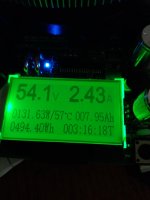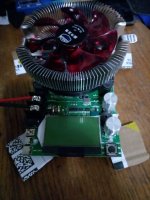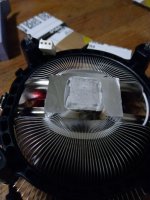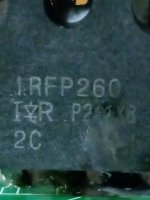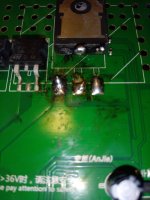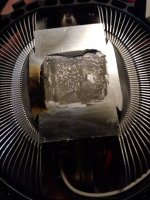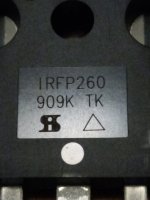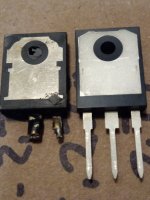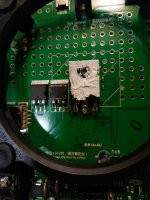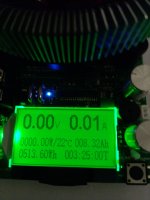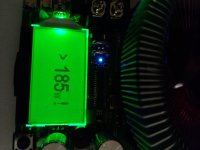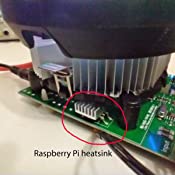goatman said:
the thermal paste shouldnt be dry and crusty, right?
if i have blown mosfets in my controller the thermal paste gets all over my hands
my thinking was get another one, pop the fan off and put good thermal paste on it
There are many kinds of thermal paste. Some of them have no significant solvent in them, so they feel dry and crusty but are supposed to be that way. The most common ones like that are a gray waxyish substance that flakes easily at room temperature. It is typically a better paste than the very basic titanium dioxide + silicone oil compound that is the white slimy stuff you find on most ebike controllers.
The white stuff is the cheapest possible stuff they can use...which is why they use it. Some of them skip it entirely for the cost of it and the labor to apply it. When the oils evaporate, leach out, or "crawl away" from surface tension (after varying levels of time), it is basically an airgap at that point, and actively harmful to the heat transfer process, because it is nearly always applied thick enough to see it all over the surface, which means it is preventing metal-to-metal contact (which should never be the case for best thermal conductivity).
The actual thermal conductivity difference between most thermal pastes (when properly applied!) is negligible; you can look up many tests at overclocking / cpu forums and websites, with all sorts of graphs and charts.
So the important qualities to look for are either solvents that will not evaporate (or leach out, etc), or ones that have minimal solvents, and mostly just thermally-conductive material, and in as finely-ground a particle size as possible.
A separate problem in controllers is taht the typical ebike controller uses an extruded casing that is *not flat* !!! on the inside where the FET mounting bar screws down. It has ripples and waves in the surface, whcih create huge airgaps between that bar and the heatsink of the case itself. Filling this will thermal paste is better than the air gap, but only until the solvent is gone.

The mounting bar itself is rarely flat, either, multiplying the problem. The screw holes in both bar and case are a complication because they are typically deformed at the hole edges such that they have a ring of higher material there, preventing the screws from being able to pull what flat surfaces there actually are together.
There's no simple easy quick fix for these problems, but running a good flat file (that is long enough to completely go across the whole area at the same time) over the whole surface till it's as flat as it can make it will help. Then thermal paste just enough to fill in all the scratches the file made, sliding the heatsink bar around on the casing while applying pressure to push any excess paste out of the way, so that you can actually feel the grittyness of metal to metal contact as much as possible. It's almost certainly going to be better than the way it started out.

 right after taking this picture
right after taking this picture